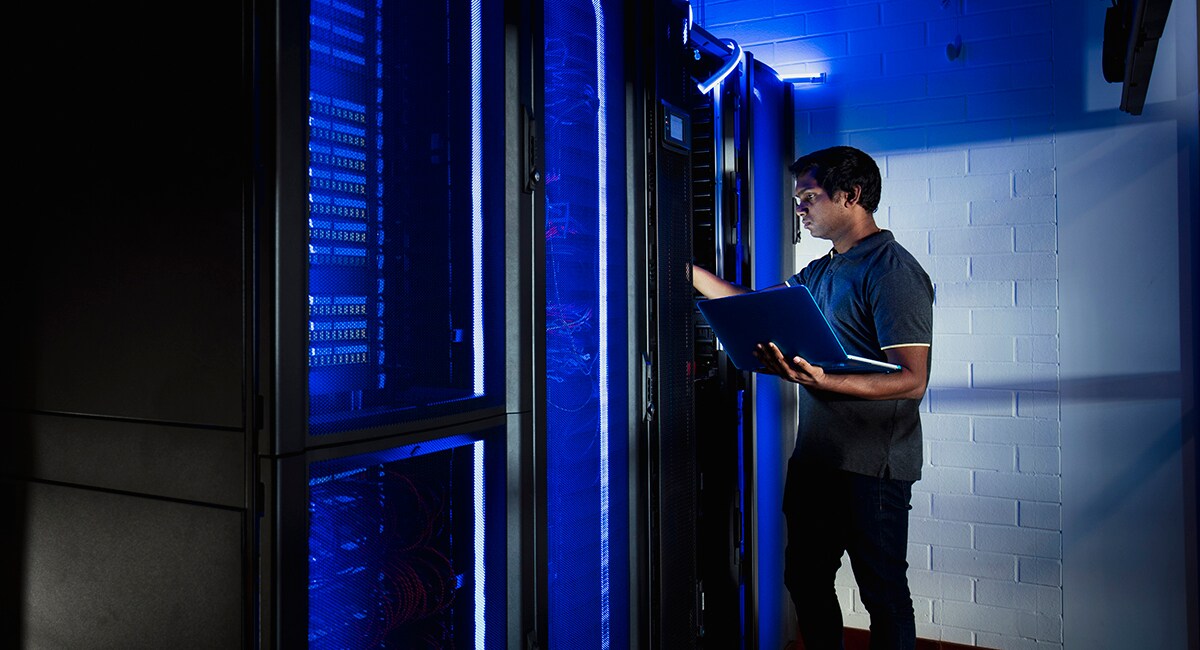January 29, 2020
5 Touchstones on the Path to IT Modernization
Organizations must position themselves to adapt to a rapidly changing IT landscape.

The pace of change in IT is only accelerating, with many industry observers predicting that we’ll see the same amount of change over the next two to five years as we did in the past 10 or 15. This rapid evolution is going to demand another leap in IT methodologies. We’re quickly moving toward a world where data centers are able to handle 100,000 or more microservices, each created and ended on demand, in real time. To get there, organizations will need to undertake another round of IT modernization.
Learn how CDW can help you modernize your data center.
Here are some of the capabilities that organizations should consider as they modernize their data centers:
1. Hybrid Cloud
Many organizations have adopted a cloud-first or even a cloud-only strategy. This can work, but the advantage of a hybrid cloud approach is that it marries private cloud and public cloud infrastructures in a way that allows organizations to place workloads wherever they make the most sense (either from a cost, performance or capability perspective). Some organizations find that a public cloud–only approach makes cost sense at first, but then they reach a tipping point in their growth where they’re able to lower their costs by bringing those workloads back into their own data centers. Artificial intelligence, with its heavy emphasis on short, “burstable” run jobs, is a classic example of a workload that lends itself to a hybrid cloud model.
2. Software-Defined Data Centers
To adopt a hybrid cloud approach, organizations must have their own private clouds. Often, the phrase “private cloud” mistakenly is used to refer to any on-premises infrastructure. But really, a private cloud should have some of the same scalability and centralized control offered by the public cloud. This typically means adopting software-defined solutions such as software-defined networking or hyperconverged infrastructure. The ultimate goal of this approach is to achieve the software-defined data center (SDDC).
3. Automation and Orchestration
Data center automation has many different levels and forms. Some tools, for example, enable infrastructure as code and configuration automation, which automatically provision infrastructure. The next steps are automated configuration management and application automation. What we’re ultimately driving toward is an environment where applications are provisioned automatically throughout the data center. These processes rely heavily on SDDC technologies.
4. DevOps and Application Modernization
As we push toward shorter lifecycles for applications and services, DevOps will become increasingly important, as this approach (which combines software development and IT operations) aims to speed up development and provide continuous application delivery.
Containerization will be a critical tool as organizations modernize their applications. I like to say that virtual servers are Virtualization 1.0, with microservices and containers representing a leap to Virtualization 2.0. Portability between clouds is one benefit of containerization. But even more important, containers allow developers to strip away operating systems and other bloat from applications, transforming them into lightweight workloads that can be spun up in seconds.
5. Monitoring
Call it visibility, observability or simply monitoring: IT managers need access to real-time information about their environments. This includes storage and compute infrastructure as well as networking, all the way down to individual application transactions. As organizations build more complex systems, they’re going to have components that stretch across different infrastructure and even different clouds. They need to be able to see immediately when something is going wrong, diagnose the problem and quickly solve it. This visibility, coupled with modern infrastructure and development practices, is key to IT modernization.
This blog post brought to you by:


